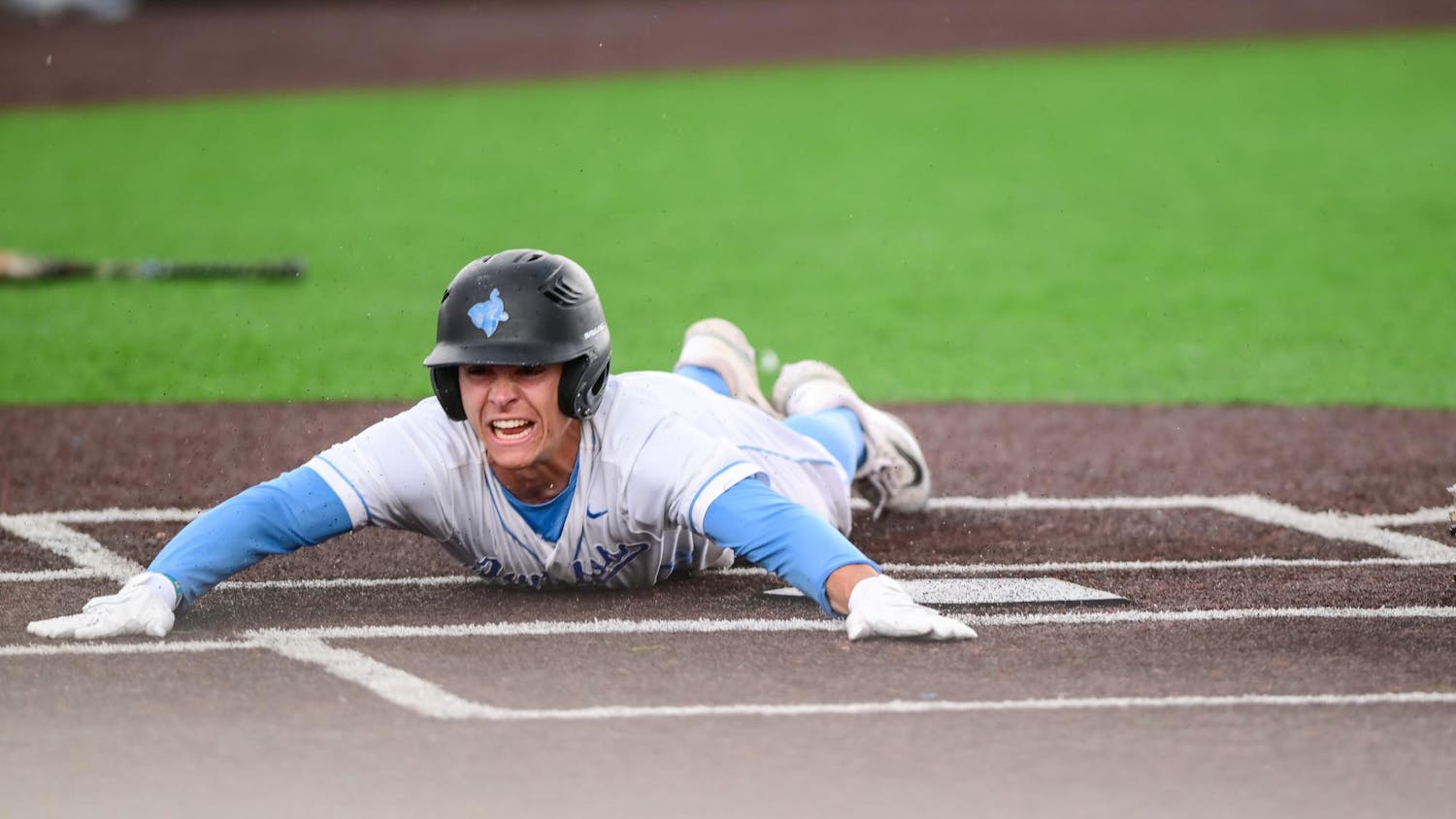Do games come down to specific moments, or are they fluid and difficult to pin down to a few key seconds? That’s an interesting question to examine, and the answer might change your opinion on one of the hottest topics in sports: automated refereeing.
I myself am guilty of saying a call blew my team a game. I know Saints fans can relate. After further review, though, it is always clear that opportunities were missed and could have been made. One moment in a game can define the game, but to say that it won a team a game? That may be oversimplifying.
It further complicates this issue if the refereeing has been particularly bad for one team more than another. The losing team often finds calls that refs missed, but even some calls are so egregious that during and after the game, everyone knows it changed the game. Referees in the NFL or NBA have hundreds of calls to make or not make every game, so replacing them with robots who can be accurate to all the nuances of the game is not going to happen. That said, one sport has a much-complained-about problem that potentially can be fixed by automation. So the question is: Should the strike zone be automated in Major League Baseball?
This is a tough one. I have seen my favorite team ‘strike out’ on balls that were clearly not in the zone. I also respect the argument that it is all part of the game and the best players are the ones who can adjust to an umpire ('blue') calling low strikes balls or vice versa. The problem with that argument is that it is a tough sell to say athletes should be adjusting to rules on a game-to-game basis. They are rules. Rules, despite what some think, are not made to be broken. Keeping this rule consistent all the time would be a boon.
Last year, an average of 14 strike-ball calls were missed each game. That is certainly enough to swing the odds in one team's favor. Balls-called-strikes with two strikes has been up to 29% in a season. With a strike zone not being volatile, each team is given the same advantage. Guaranteed. Also, it allows pitchers and batters to focus more and get better fundamentally because they do not have to adjust based on whether Joe West is behind the plate or not.
There has been an argument that the strike zone itself may be a problem as it has to be adjusted for players based on stance and size. This is something that must be worked out, but the initial tests of the MLB-approved automated strike zone have shown that this is not a problem. The accuracy has also been questioned. With the home plate umpire staying for calls at the plate and other human-necessitated calls but hearing through an earpiece what the robotic strike zone says is the correct strike or ball call, the Atlantic Baseball League has gotten good results. Further testing should improve it as well. Let the players play. And let them play with consistent rules.
More from The Tufts Daily





